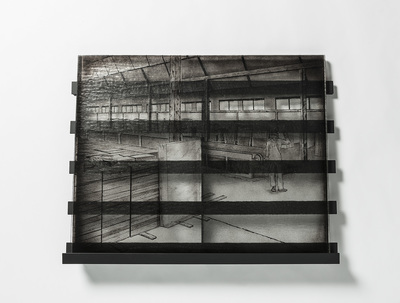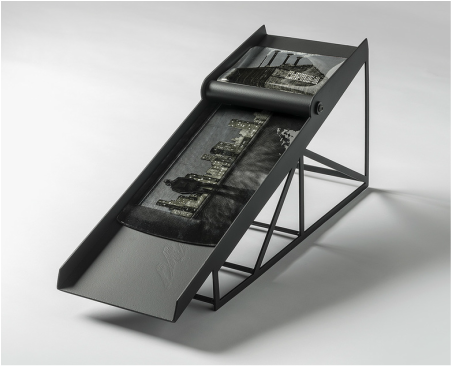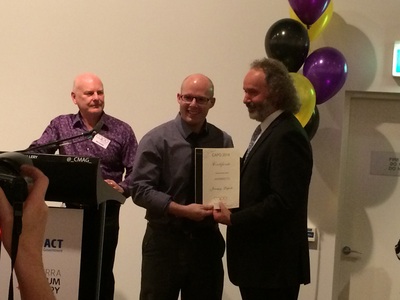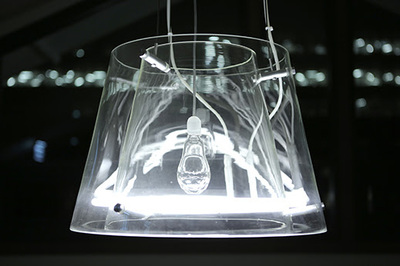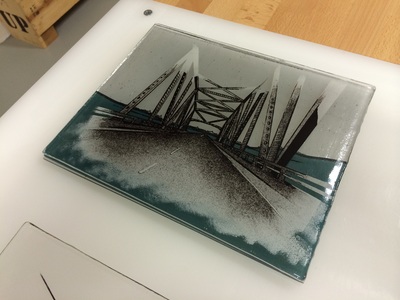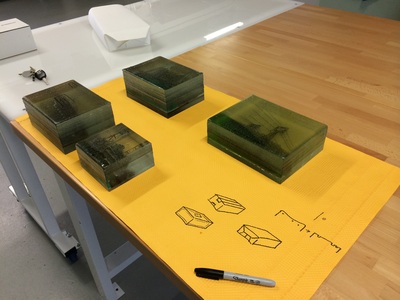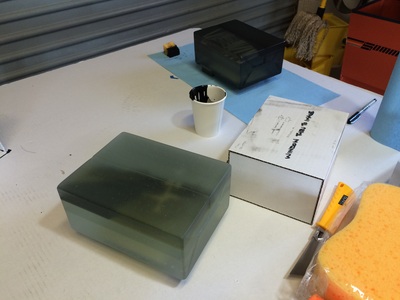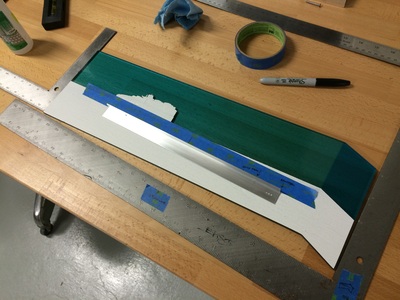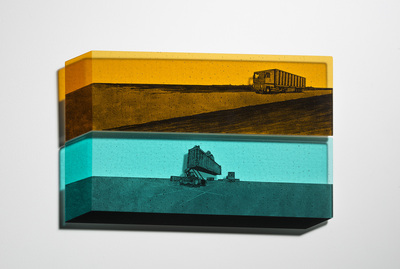|
In pursuing the path of an independent art practitioner, I have found that the path usually has multiple concurrent levels of concentration and effort that need to be engaged to make up a sustainable balance of material outcomes as well as maintain a modicum of momentum. In the upcoming weeks I will attend the opening of a group show that I am part of in Melbourne, begin a part time position at the ANU, continue the pursuit of my academic research as well as complete some small client projects for my studio. The upcoming show (that I will be in) will open at the Incinerator Gallery on August 7th, 2015. This show has been co-curated by Nadia Mecuri and the Incinerator Gallery. The idea for the show is this: "A selection of nine contemporary artists working with glass have been invited to re-contextualize these technical and industrial practices to reference the origins of glass and its industrial and scientific history. Each artist brings their own innovation, imagination to their practice, but the one thing common to them all is the continuation of process, materiality and skills that are now reflected in concepts relevant to today and glass industries at large. Closes 27 September." For this exhibition, I have made three separate pieces that all relate to the history and production of sheet glass. My focus on this particular area of glass production is inspired by the major layers of my personal professional history (my first job in my field, the place I found gainful employment after college and the methods of production I employed to begin my own custom fabrication business) being all based on situations or sites related to sheet glass. The compiled image in the work Built in Layers, is a hand rendered version of a historic photo of the end of the Colburn sheet glass process production line in my hometown of Toledo, Ohio in 1916-1917. This short-lived process was developed at the Libbey Glass Factory (my first major employer in my field) and was one of the important precursor methods of sheet glass production leading up to the advent of today’s modern float glass process (that began in the 1950’s). The title of this work addresses the production of the separate sheets, the compilation of the rendered image as well as the subject matter’s presence and role in the evolution of the material’s production history. The form of the work Drawn from the Factory is derived from the basic idea of a single roller sheet glass machine. This process is one where a mass of molten glass is squeezed into a sheet by a roller that is positioned a particular distance from the forming bed. This method of sheet making has been in use since the 16th century and is still used today to create colored hand rolled sheet glass at the Bullseye Factory in Portland, Oregon (my major employer after college). With this work, the two images have been hand drawn to illustrate the relationship of the (glass) factory to its receiving society and surrounding structures. The third work I have for this exhibition is called The Factory Windows. The construction of this set mimics the scale and structure of the windows that were in my first commercial studio in Portland as well as ones that can be commonly found in industrial buildings from the early 1900’s onward. Each of the panes on one side of this work hold an etched contour drawing made from a photograph of an individual working within a factory. The opposite side of each section holds another illustration of the actual factories where each worker would be found from the 1930’s to the 1960’s. The construct of this piece looks to highlight these concurrent interior and exterior views to relay the viewpoint of importance that each existence had in relation to the success and development of the other.
1 Comment
It has been a busy time in and out of the studio. I have been spending most of my days over the last couple of months filling in as the Technical Officer at the ANU Glass workshop. It was a challenge and a pleasure to help out at the school. Beyond this, it is now coming up on summer down here and I have been working late (and early) in order to complete several studio projects and personal artwork. In the midst of this activity, I was awarded a generous CAPO grant (The 2014 Canberra Weekly Award) to further the ability of our studio by affording the purchase of a new tile saw. Here are some scenes of recent highlights... As for my personal work, I constructed a handful of works from two new series for SOFA Chicago 2014. This new work will be shown with Beaver Galleries and hopefully all of it will find good homes during the show. One of the new series is called the Parcel Series. These works look to connect two seemingly separate connotations of the word “parcel”. The first idea explores a “parcel” as something you would send/receive and the other refers to a specific piece of land. Upon first glance, these solid glass blocks have been fused and formed into the shape of a transparent and wrapped shipping package. The address labels of each package have been polished to clearly reveal the content of the bundle while also attempting to subtly and perceptually connect the separate physical positions of its sender/receiver with their shared view of the shipped form’s single subject. By looking into a block, a single hand drawn image of a patch of land can be seen. In particular, each block holds a scene of a liminal area of activity that would connect, expedite, deliver or drain the flow of possibilities for the places that they exist between. Here is a look at their construction and final form: The other new series that I will be sending to Chicago is called the Segment Series. The Segment Series is a look at the idea of shipping containers and the componentry of their individual and collected constructs. Each work in this series is made of separate flat fused geometric components that are made to mimic the shape and stack-ability of the common shipping container. Being glass, the interior of each component is visible and holds within it a possible scene of the container’s journey. The singular title of each work (ie. One and Four) is meant to allude to a number of possible destinations of denotation. The one title could refer to: -the number that the representative containers are in the total count of cargo, -the time of day when the scene held within each form is occurring or perhaps -the current step that each container is at in advancement towards the successful delivery of its shipment… With these few things accomplished, it is now time to enjoy the spring by getting back in the studio to complete some commissions, studio infrastructure projects and exhibition work. More soon...
|
Please click HERE to let me know if there are any topics you would like me to post information about.
Categories
All
|

